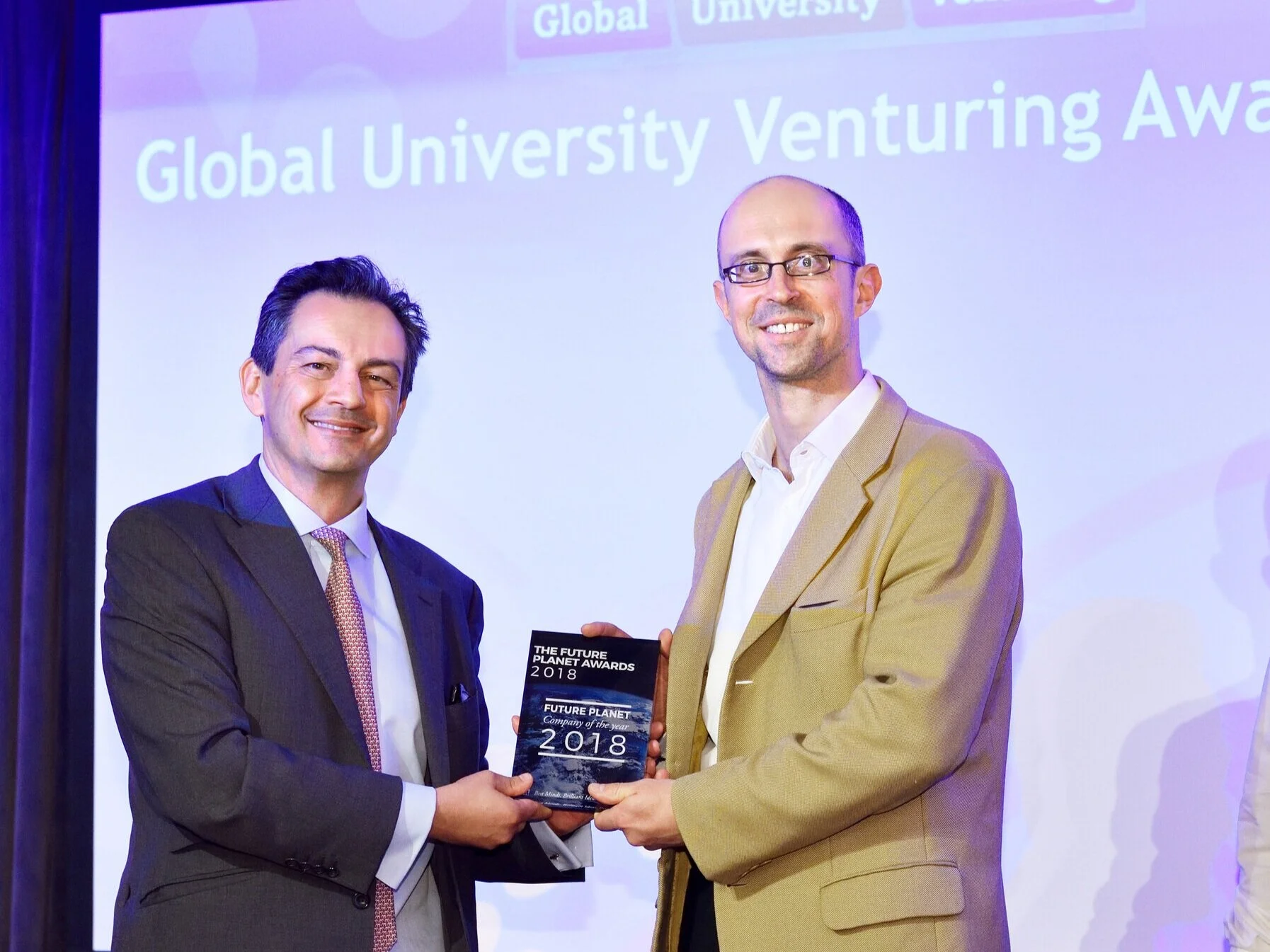When it comes to science and technology scale-up investment, Britain has reached a crossroads.
Great potential rests in the UK’s high growth businesses – both those that already exist, and those bound to emerge from our best-in-class research and development ecosystem. At present, though, much of this potential lies dormant.
If the private sector moves quickly – with the support of the government, politicians, and the public sector – we can unlock the capital needed to nurture, retain, and develop our most promising startups and spinouts.
Not only will these companies thrive as a result, but Britain’s economy will reap the rewards.
Failing this, the consequences are stark. We risk losing our best businesses to overseas markets. It’s likely we also surrender the chance of significant and imminent economic growth.
And we almost certainly resign ourselves to the role of follower in the fast-accelerating scientific and technological revolution, rather than leader.
It’s a positive sign, then, that there is consensus across much of the financial services industry on the need to improve the funding environment for these high growth companies. So, too, is it encouraging that unlocking pension fund capital is considered key.
Most importantly, though, there is acknowledgement of the need to act now, to make Britain the best and most accessible location for major investment – both domestic and overseas.
At Future Planet Capital, we’re able to say this with confidence, having consulted with leading entrepreneurs, major investors and asset managers in the UK and beyond, and key figures in the insurance and pensions industry.
As a result, we’re able to set out a clear five-step plan of action for realising these shared goals:
Managers of insurance and pension assets should work closely with the wider investment industry, to ensure they have the necessary skills, expertise, and partnerships to direct capital towards the UK’s high growth businesses.
Insurers and pension funds should look to move quicker than set out in last year’s Mansion House reforms, aiming to outperform the current goal of nine funds allocating 5% of capital into unlisted and early-stage companies by 2030.
Investors should look to deploy capital in every region of the UK, with LEPs and local and combined authorities offering investors a single point of contact for investing in their areas.
Ministers should make investing in the UK more straightforward by implementing in full the recommendations of the recent Foreign Direct Investment Review by the end of the current year.
Politicians should set clear and consistent priority sectors for investment and provide long-term support for these sectors including public sector co-investment.
If Britain is to support its high growth scaleups – and see the results from doing so – we must take these steps. Our industry-wide conversations have provided confidence in the appetite to do so. It’s time to act on these discussions and get much-needed capital moving in the right direction.

